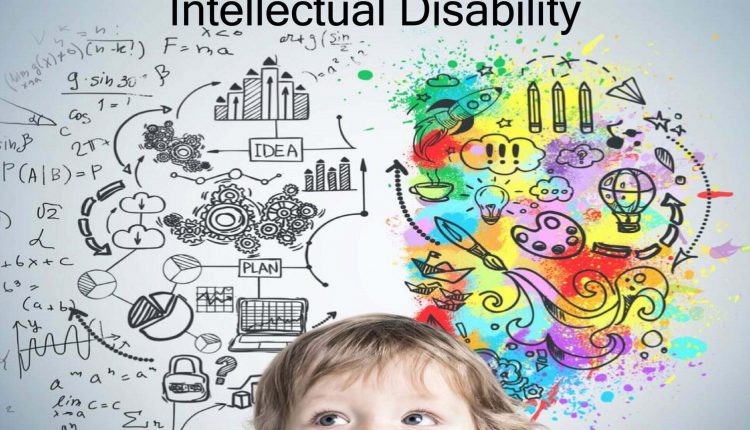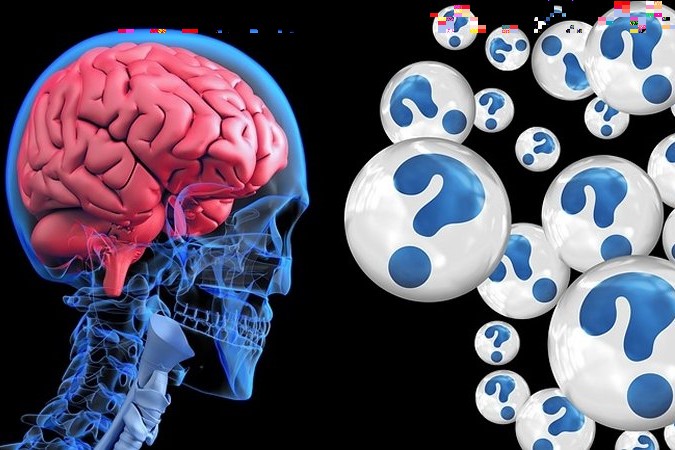
Intellectual Disability and Autism: What they are, how to diagnose and treat them
Are autism and intellectual disability the same thing? No, they are neurodevelopmental disorders that manifest themselves from childhood and have significant differences between them
What is meant by Intellectual Disability
The term Intellectual Disability replaces the clinical category that used to be called ‘mental retardation’.
It is the most common developmental disability of intellectual functions.
It is a term used for individuals who have limitations in cognitive functioning and abilities, such as communication, social and learning skills.
These limitations can cause a child to develop and learn more slowly or differently than a child with typical development.
The different levels of severity of intellectual disability
There are different levels of intellectual disability
- mild;
- moderate;
- severe ;
- extreme.
Mild intellectual disability
The mild form is the most common, constituting about 80% of people with intellectual disability: symptoms in children are usually recognised on entering primary school.
During adulthood, these individuals usually manage to acquire:
- social and occupational skills;
- a minimum level of self-sufficiency.
Severe intellectual disability
The most severe forms are diagnosed from early childhood onwards and present:
- limited comprehension;
- impaired communication skills;
- total dependence on other people, both in terms of their own health and their autonomy and relationships with others.
How is intellectual disability diagnosed
It is usually diagnosed by checking whether
- the person’s Intellectual Quotient (IQ) is below average;
- there are significant limitations in 2 or more areas of adaptation, such as the capacity for autonomy needed to live, work and settle in a community, modes of communication and self-care;
- the above conditions occur before the age of 18.
The causes
The causes of this neurodevelopmental deficit can arise from
- genetic conditions, i.e. as yet little known genetic mutations or better known forms such as Down’s syndrome (Trisomy 21) and Fragile X syndrome;
- complications during pregnancy: an intellectual disability can result from intrauterine developmental alterations, e.g. from maternal infection;
- problems during childbirth, labour and birth, leading to the baby not receiving enough oxygen.
Other causes occurring when the child is growing up could include severe brain injury, infection or stroke.
- infections or strokes.
Intellectual disability in adults
Almost all disabilities, especially medium to severe ones, are diagnosed in childhood.
In these situations, diagnostic and rehabilitation programmes are activated by the school, paediatrician, child neuropsychiatry services and the family with the help of associations, in order to build an integrated care pathway that usually ends in young adulthood; the disabled person will learn, as far as possible, autonomy, social integration and working skills.
In order to achieve this, the use of cognitive-behavioural rehabilitation techniques will also be important, capable of fostering those behavioural and adaptive skills that, due to the disability, have not developed autonomously or that need reinforcement to maintain them.
However, there is a possibility that the tensions arising from the rehabilitation demands may create problematic behaviour such as aggression, self-harm, isolation, which require specific psychiatric, pharmacological or psychotherapeutic treatment.
Moreover, participation in the activities of day centres and residency in dedicated facilities play a fundamental role both in these cases and in those already present from childhood.
In addition, children with intellectual disabilities grow older and today, unlike a few decades ago, have a normal life prognosis.
Over time, however, there is the loss of parental assistance, their main support, the worsening of clinical conditions due to a reduced ability to regulate one’s own health well, and many psychological elements to manage, such as feeling alone, not being able to have a married life or simply wondering ‘why did it happen to me’, which in clinical terms is defined as the patient’s awareness of the damage.
What is autism
Autism is also a neurodevelopmental disorder, a complex disease, the cause of which is still unclear and whose most widespread hypotheses refer to genetic or environmental factors that are not yet well defined.
It is characterised by a developmental disorder affecting the ability to communicate ideas, emotions and feelings and by a deficit in social integration.
Types of autism
There are no univocal forms of autism, each autistic person is different from the others, which is why we speak of an ‘autistic spectrum’, i.e. a band of types of autism that refers to a
- low functioning: individuals with an intellectual disability;
- high-functioning, also known as Asperger’s syndrome, in which the subject has very high and, at times, very particular and sectoral intellectual abilities.
It is an atypical neurodevelopmental development that is portrayed in many TV series, cartoons and films, and famous people such as Greta Thunberg, Susanna Tamaro and Andy Warhol have also suffered from it.
The symptoms
Usually the first signs come from the family, then from the paediatrician and teachers.
The most obvious signs are
- problems with language
- emotional withdrawal;
- lack of interest in other children;
- reduced interest in the outside world;
- repetitive, stereotyped behaviour.
These manifestations do not occur simultaneously, depending on the severity of the problem.
An important sign is also gaze retention: the autistic child tends not to look his interlocutor in the eyes and limits all forms of communication.
Once these manifestations have been intercepted, specific tests are carried out to confirm the suspicion of autism and direct the child towards targeted treatment.
Diagnosing autism as an adult
Is it possible to grow up and become an adult without knowing you have autism?
Yes, especially in the high-functioning forms, it can happen when individuals evade diagnosis, in the sense that they are bizarre, solitary people who live alone and keep to the margins of social life.
In many cases, the specialist notices this because there is a depressive state, or detects a childhood history of social isolation with particular life characteristics, or identifies a physical malaise that he cannot diagnose.
The importance of autistic pride
Today, thanks to numerous groups and associations, people suffering from autism are able to recognise themselves, not to feel ashamed and not to hide their disorder.
In fact, real movements have sprung up that want to value ‘Neurodiversity’ and are interested in promoting rights and preventing discrimination against neurologically different people.
These new movements lead many autistic people to live well and proudly with their diversity.
If, however, this condition becomes painful, it may be useful to access a psychotherapy programme in specialised centres, with multidisciplinary interventions.
Read Also:
Emergency Live Even More…Live: Download The New Free App Of Your Newspaper For IOS And Android
Autism Spectrum Disorders And Eating Disorders: What Is The Relationship?
911 And First Responder Rules To Interact With Autism Sensitivity




